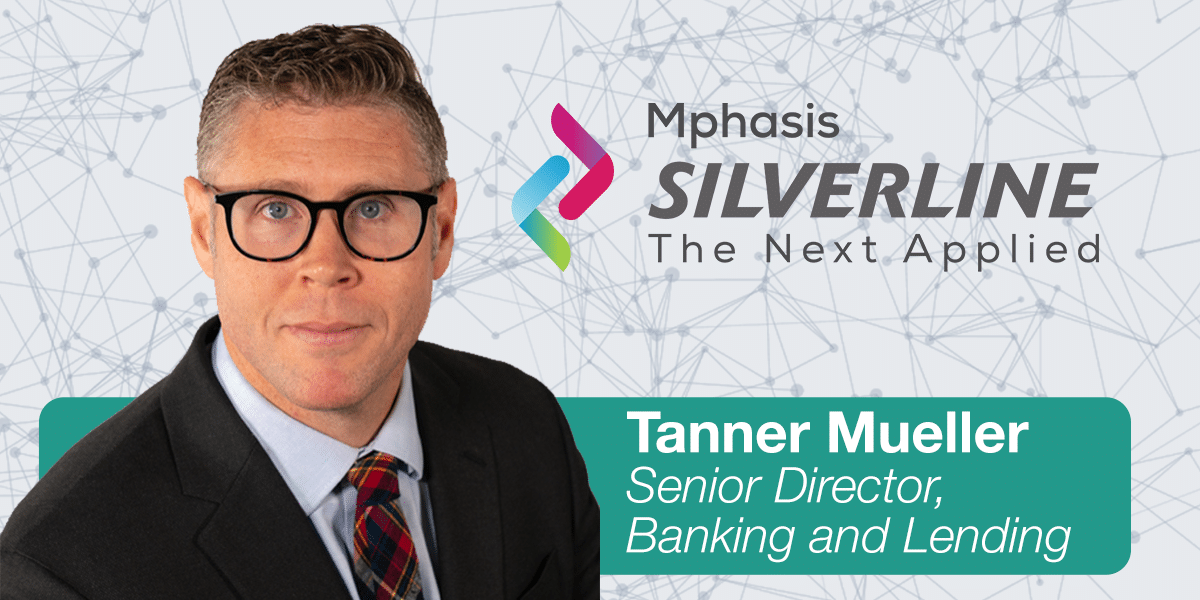A bank’s relationship manager (RM) plays a pivotal role in helping its business customers reach their financial goals. However, according to interviews that McKinsey conducted with executives at more than 15 banks, a majority of their relationship managers are acquiring less than five new clients a year. Many said they struggle with customer acquisition, and without new customers, a bank cannot bring in the revenue it needs to thrive.
Once a bank brings on new customers, it must provide good business banking experiences through onboarding and serving to maintain customer loyalty and satisfaction. RMs need to be productive with their time so they can deliver these positive experiences. Many banks use Salesforce Marketing Cloud for their RMs to provide faster, personalized customer experiences by leveraging intelligent and actionable insights.
The challenges happening across business banking
There are three main challenges that business banks are facing:
- Siloed business operations: Commercial banks often lack the systems and processes to create and manage referrals. They do not have a full view of customer relationships across their LOBs and products. This results in lost cross-sell opportunities and limits a bank’s ability to build and leverage customer relationships.
- Lacking visibility and insights: Banks have difficulty generating analytics and making data-driven decisions without visibility. They cannot perform pipeline management and reporting capabilities, leading to operational inefficiency and lost revenue opportunities.
- RM experience: Banks are challenged to give RMs the necessary tools, such as timely automated alerts for client outreach. There are gaps in tracking and optimizing activity, and RMs cannot maximize their efforts in prospecting.
We see that the RMs at many banks need access to the web analytics and rich engagement data that would make their jobs easier and help them overcome these challenges. Marketers should give RMs access to the same Salesforce tools they have to see customer data and information in one trusted place and be able to take action on it.
With marketing and RMs working in tandem, banks can help RMs meet their goals by identifying the best opportunities to close, referrals to follow-up, or activities that will increase ROI. RMs will have insight into their clients’ behavior, accounts, goals, and interactions with the bank so they know how to spend their time to get new business and retain clients.
How Marketing Cloud delivers personalization
Commercial banks can use Salesforce Marketing Cloud to create seamless, personalized experiences across channels and devices between customers and bankers. This approach helps increase productivity for bankers and marketers, cross-sell efficiency of products and services, pull-through velocity, and deal size.
Let’s take a look at an example of how personalization works with Marketing Cloud:
- Emily is a business customer who visits Cumulus Bank’s website to learn about cash flow management. She clicks on the make an appointment button but runs out of time and has to abandon the form.
- When Emily showed interest in cash flow management online, that experience also changed in real-time in the bank’s Marketing Cloud. The Cumulus business banker is alerted to Emily’s activity and decides to send her more information via email.
- The process gave Emily a seamless banking experience, whether she called her banker directly, went online, or checked her email later to start an appointment and be on her way to running her business more efficiently.
Marketing Cloud allows the bank to take advantage of rich insights and marry that with more information about its customer’s intent based on their engagement with multiple channels, ultimately orchestrating a smooth customer experience for both the client and the banker.
Leveraging data for marketing and RMs
A bank’s website is usually its biggest branch for data, and in general, the website does 2x what every single branch does from a transaction. We see that about 80% of website traffic is from customers logging in for online banking.
Commercial banks need visibility into what their customers do once they have landed on your website so they can interact with and react to the customer with Marketing Cloud. The platform uses real-time customer website interactions to personalize customers’ journeys and ensure they get the necessary information. This is done by changing the website’s content in real-time based on the customer’s data.
For example, with Marketing Cloud Personalization, a hero image or ‘most visited products’ lineup may change to business checking accounts if the customer clicks on that website section.
The customer’s data from the website interactions are added to Marketing Cloud to create a unique customer profile that is constantly updated as new data is received. The data can be used to set up a user segment or rules to change out the customer’s website content. Marketing Cloud can trigger an email campaign based on the customer’s website interactions and even send open-time emails where the content changes in real-time.
Marketing Cloud Personalization works with Salesforce Core to get all the valuable customer data in the hands of the RM to improve their productivity and selling efforts. By collaborating together, marketers and RMs can jointly provide the personalized and relevant experiences that win over customers.




